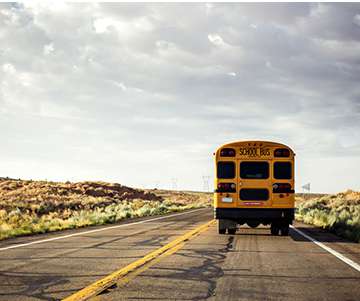After Net Neutrality, Experts Expect Changes to FCC’s E-Rate
Edsurge
JANUARY 3, 2018
Rather, it's centered in the popular E-Rate program, which has provided billions of dollars in broadband discounts and infrastructure upgrades to schools and libraries. Additionally, broadband cost per megabit is dropping across the board, and schools are receiving more bids from telecom providers, making pricing more competitive.

















Let's personalize your content